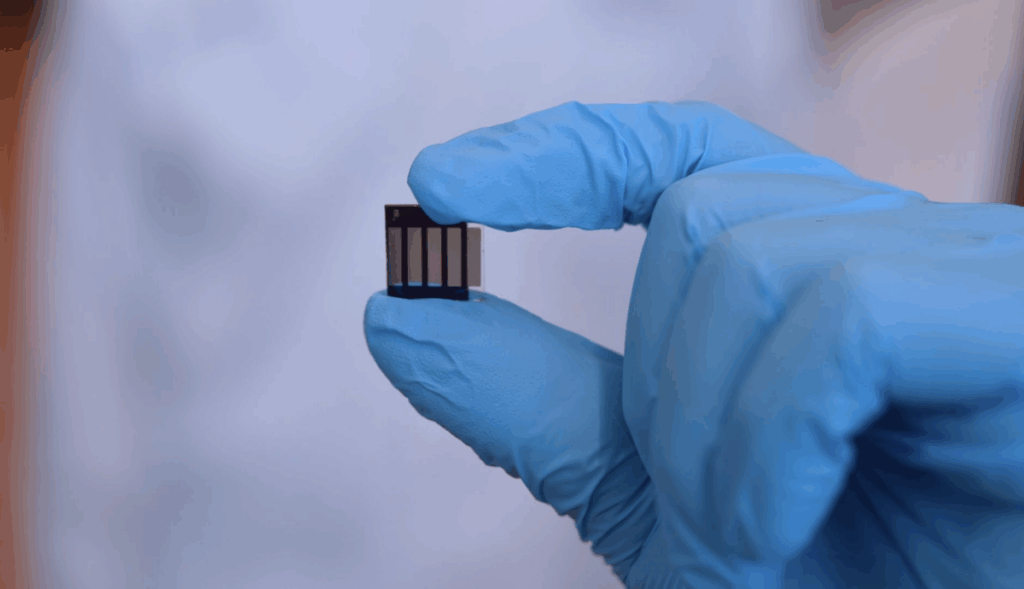The Australian Perovskiet cell producer Halocell Energy cooperates with researchers from the University of Queensland to speed up the commercial production of lead-free solar panels based on record-breaking tin-and-halide PV cell technology.
After achieving a world record-certified efficiency of 16.65% with a tin-based perovskite solar cell, researchers from the University of Queensland have announced that they will collaborate with the Australian celf-manufacturer Halocell Energy to stimulate the commercialization of technology.
The research team, led by Peng Chen from the Australian Institute for Bioginating and Nanotechnology (AIBN), has one 2D/3D tin-halide perovskite PV cell This offers a non-toxic alternative to the pipe that is usually used in solar cells of the next generation.
The tested under standard lighting conditions has the tin-halide device a peak efficiency of 17.13% and a certified efficiency of 16.65% achieved, while it also shows stable operation under continuous single-sister lighting for more than 1500 hours.
The research team now works together with the manufacturer of the Australian Perovskite Solar Cell Halocell To promote technology outside the lab and to accelerate the commercial production of tin-based perovskiet solar panels.
“We are delighted to push our research into the next phase with Halocell, making our environmentally friendly solar cell technology closer to using the real world closer to real world,” said Chen. “Our prototypes have already shown strong results in the lab, and now the next step is to prove their performance outside of these controlled circumstances.”
Chen said that the research team obtained an almost Aud 200,000 ($ 130,000) financing boost through the Economic Accelerator Ignite program of the Federal Government that will enable it to go beyond lab-based prototypes and to Real-World Applications.
“In the next 12 months we will test a series of applications outside the lab and in both indoor and outdoor environments,” he said.
Halocell Chief Executive Officer Paul Moonie said that the collaboration marks an important step in the direction of delivering the next generation of sustainable solar technology.
“This initiative helps to create the first generation of lead-free perovskite solar panels, in which a market for several millions of dollars in indoor sun cells, portable electronics and smart home applications unlocks,” he said. “We are very happy to be part of this project and to speed up the transition from advanced research into Real-World applications.”
Data published by Market Researcher Navistrat Analytics shows that the global market for Perovskite Solar Cell has reached almost $ 248.7 million in 2024 and predicted a composite annual growth speed (CAGR) of 71.5% until 2032.
“There is a huge demand for solar cells that are cost -effective and efficient to produce, but also environmentally friendly,” said Chen. “By replacing the heavy metal cable with lightweight tin, we can deliver similar efficiency and sustainable solar energy technology.”
This content is protected by copyright and may not be reused. If you want to work with us and reuse part of our content, please contact: editors@pv-magazine.com.
Popular content


